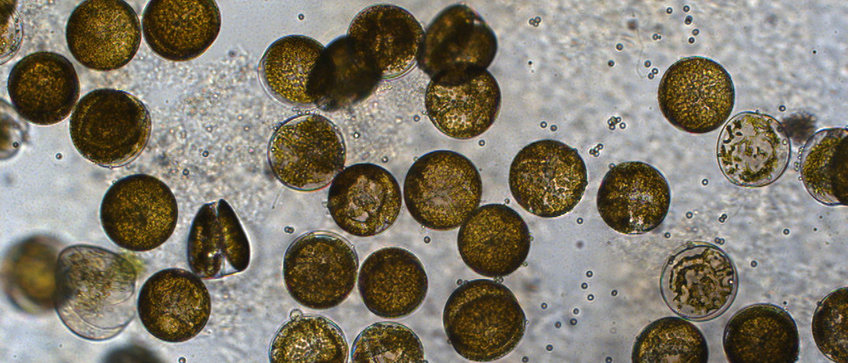
Max Planck Fellow Group Plankton Community Interaction
The often unicellular organisms of the plankton live in a seemingly homogeneous environment in lakes and the open sea. Despite this seemingly uniform environment the spatial and temporal variability of plankton communities is highly complex and governs processes like annual mass occurrences (blooms) of key players that dominate large oceanic patches as well as the short-term formation of micro-assemblages. Cell density is comparably low, but nevertheless there are numerous identified interactions between the individual cells. These include pheromone mediated triggering of sexuality, predator-prey relationships or the mediation of microbial infections. Several of these interactions are driven by chemical signals and first structures of the metabolites involved have been identified.
The overall approach of the Pohnert group is to develop and use analytical techniques including comparative metabolomics to monitor chemically mediated interactions in plankton communities (see also Pohnert group homepage at the Friedrich Schiller University). The Max Planck Fellow team is focusing on the effects of cellular heterogeneity within plankton communities. We initially address chemical heterogeneity of single cells within uniclonal algal populations using MS-imaging methods that have recently been developed in our lab.